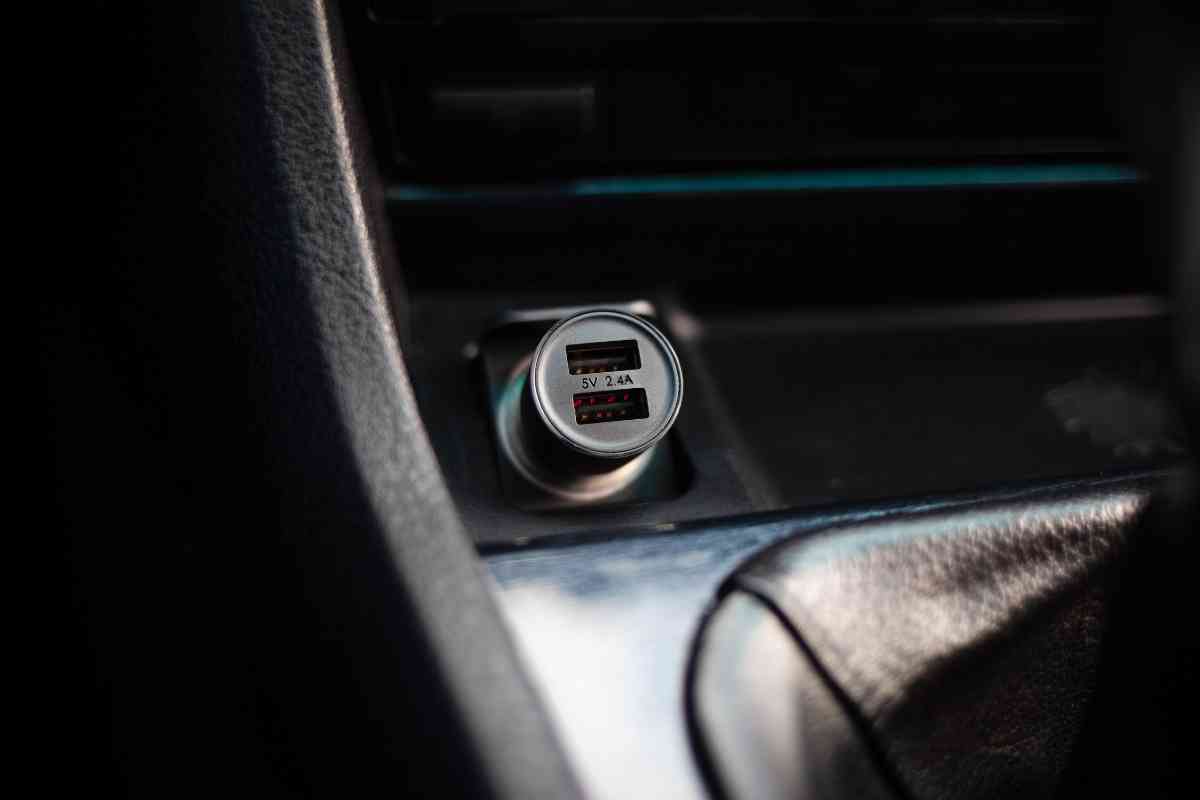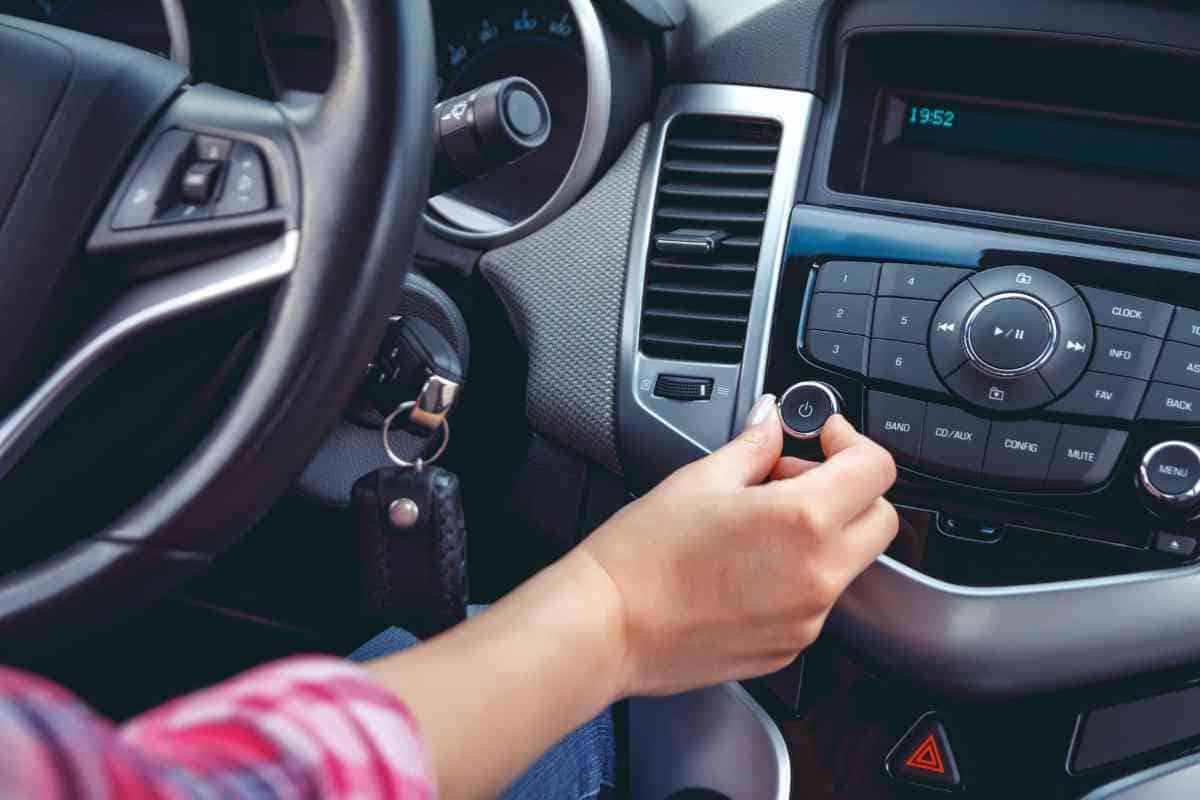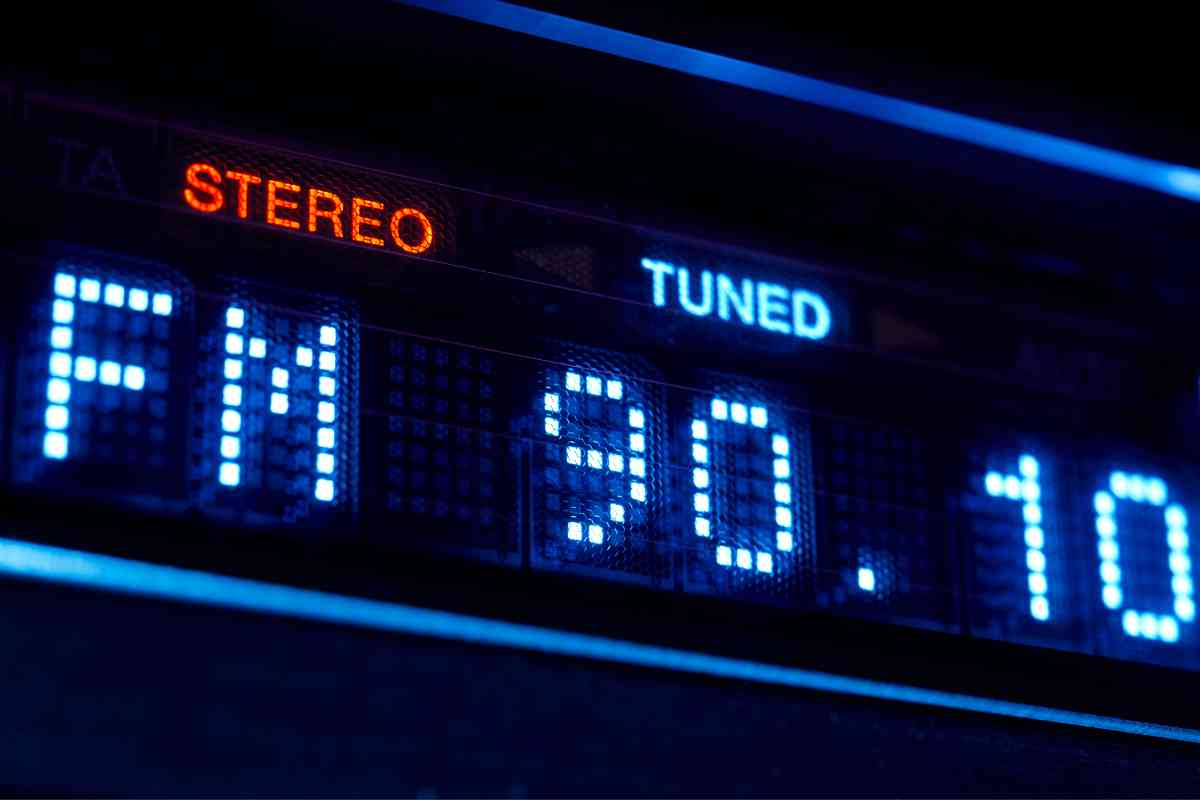Will An FM Transmitter Drain Battery Power In Your Car?
You want to stream your music in the car, but your ride doesn’t have the capability. Is an FM transmitter safe? Will an FM transmitter drain battery in your car? Let’s find out!

Will An FM Transmitter Drain Battery Power In My Car?
While an FM transmitter does draw current from your car’s battery, it does so at a minimal rate. These systems are safe to use and will not drain the battery enough to affect its performance. To prevent power loss, it is best to switch the transmitter off or unplug the cord when not in use.
Most current car owners already have Bluetooth connectivity in their cars, but an FM transmitter can do the trick for older models that need to be equipped.
A Bluetooth FM transmitter allows any mobile device, like a phone or MP3 player, to be plugged in and played through the car’s speakers. They are great to have for extended trips or when you have to have your playlist with you.
But are they safe? What happens if you leave the transmitter plugged into the power outlet? Can the power drain from the transmitter affect a battery’s performance? This article will examine the usage of FM transmitters and help determine if they are right for you.
What is an FM Transmitter?
An FM transmitter, also known as an FM Radio Transmitter, allows mobile devices like smartphones or Mp3 players to connect to a car’s stereo system.
The transmitter uses FM radio signals to process and broadcast the owner’s music through the speakers. It is used in vehicles that do not have an auxiliary jack or integrated Bluetooth connectivity.
Most transmitters are plugged into the power jack or cigarette lighter.
How Does an FM Transmitter Work?

The transmitter uses radio frequencies to send a signal to your car’s FM stereo. It finds an unused FM frequency and broadcasts your playlist or the music stored on a portable music device (like an MP3 player) through the car’s speakers.
It should sound about as good as your local FM station.
Two types of FM transmitters can be used to accomplish this. Wireless transmitters send their radio frequency through the air (just like an FM station). Other transmitters are wired directly to the car via the aux jack or power port.
Since transmitters use a radio frequency, they can sometimes experience some radio interference (particularly in congested urban areas).
Can My FM Transmitter Drain Battery Power?
More than likely, the power drawn from the battery to run an FM transmitter is so minimal that it should not affect a car battery’s performance.
However, any additional electrical device could create issues for weaker batteries or ones that are already in a depleted state. It is always best to switch the unit off (most transmitters have on/off buttons) or just unplug the device from the power jack when not in use.
The best way to tell if your car’s battery is still charging the unit even with the ignition off is to perform a test. Remove the key, but leave your device plugged in.
If the transmitter’s light goes off, then the car’s battery is not charging the port. If the light stays on, then the car is continuing to charge, and you should ufrom the car.
Are Car FM Transmitters Legal?

The Federal Communications Commission allows the use of a certified FM Transmitter anywhere inside the US without a license or registration.
The Federal Communications Commission certifies that car FM transmitters can be used if they do not broadcast more than 200 feet. This designation is called Part 15 (based on the part of the FCC rules that applies to non-licensed electronics).
Most FM transmitters or Bluetooth units have a range of about 30 feet, which means that your phone or other device needs to be close to the car’s stereo to work correctly.
When purchasing an FM transmitter, always look for the FCC certification because it is possible to purchase one made overseas that will not carry the same guidelines.
What’s the Difference Between Bluetooth and FM Transmitters?
A Bluetooth signal is a wireless compressed digital technology that uses a scrambled radio frequency to convey information over a short distance.
Bluetooth connectors constantly change the wavelength and frequency, making them more secure than FM transmitters. Cars with Bluetooth capability can receive a lot of information, and convert it into various functions, i.e., phone, maps, guidance, or music.
An FM transmitter can be wireless or wired, and it uses radio signals to play music from a phone or other device.
They do not transfer as much information and can be prone to some interference. If you are using an FM transmitter, you will need to match the frequency on the transmitter to match the same frequency on your car’s stereo.
What Do I Need for an FM Transmitter to Work?
You only need two things in your car: an FM radio and a power source (aux jack, USB, power port, or cigarette lighter that doubles as a power connector).
Does My Car Need to Have Bluetooth to Use a Wireless Transmitter?
A wireless transmitter will work in older model cars as long as they are equipped with an FM radio.
The sound quality will depend on the quality of the downloaded files (MP3 player) or the quality of the stereo system in the car.
When Did FM Radio First Appear in Cars?
Although FM radio had been around for a few decades, car manufacturers inserted AM/FM radios in the mid-60s.
During the 70s, FM radio became the preferred choice for car owners. Eventually, systems progressed toward improving the sound quality as more and more FM radio stations spread across the country. There are around 15,450 commercial radio stations across the United States.
Key Takeaways
- An FM transmitter draws minimal power from a car’s battery.
- Will an FM transmitter drain my car battery? The chances are slim.
- While a transmitter draws power, turn the unit off or unplug it to halt the power drain.
- A wireless FM transmitter will work in a car not equipped with Bluetooth.
- Your car needs an FM radio and a power source (aux jack, power port, or USB connection) to use an FM transmitter.
